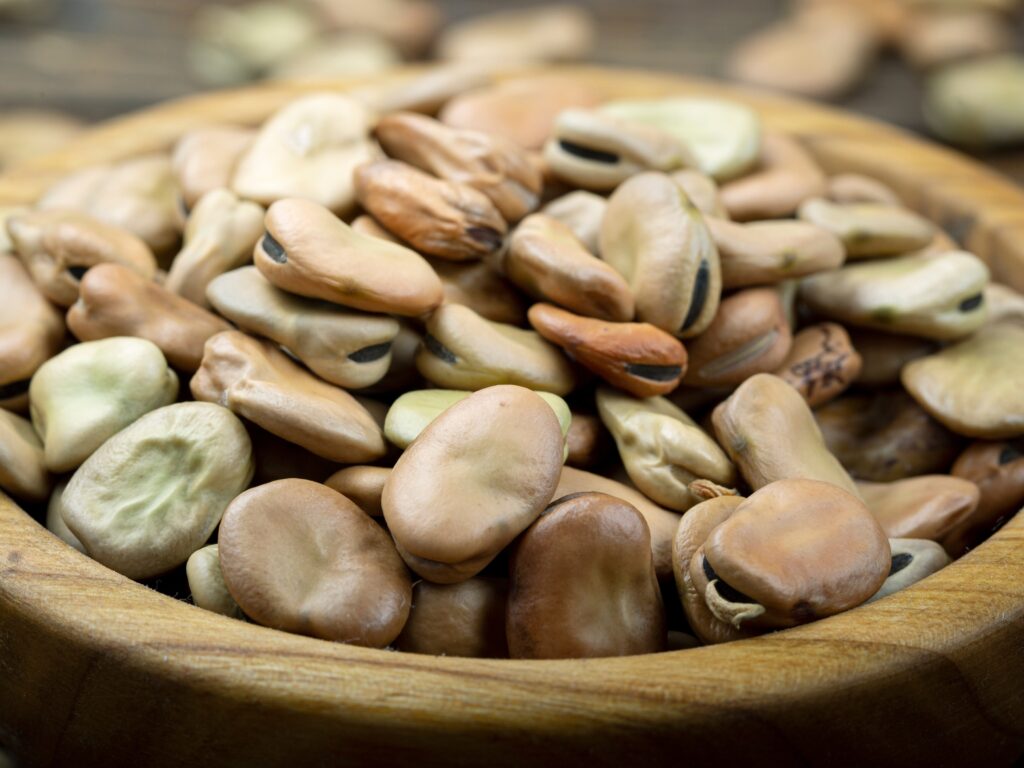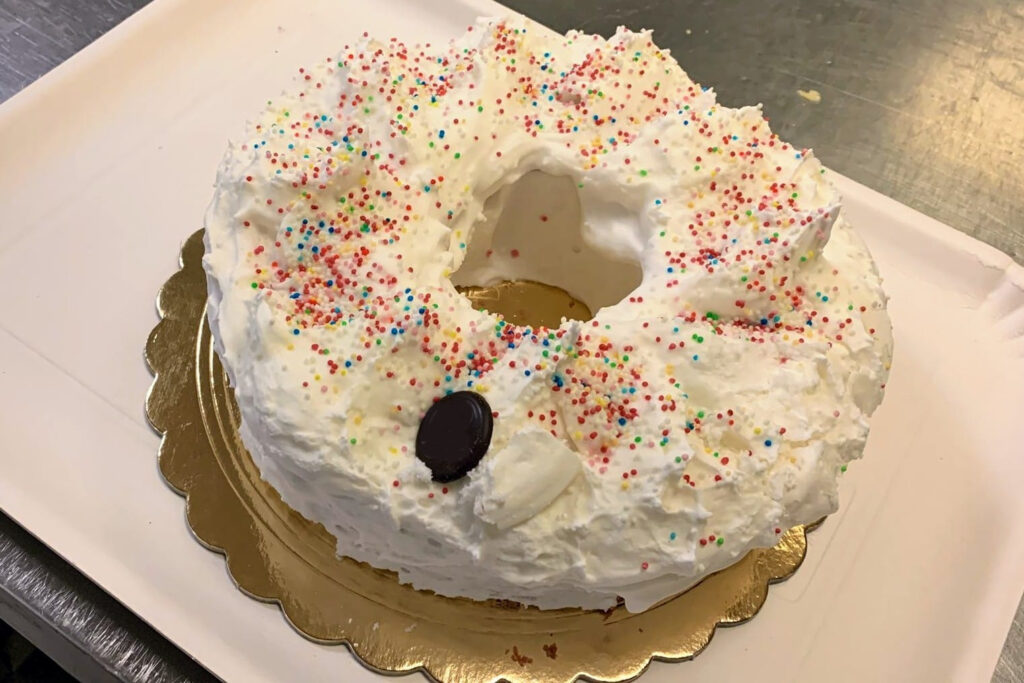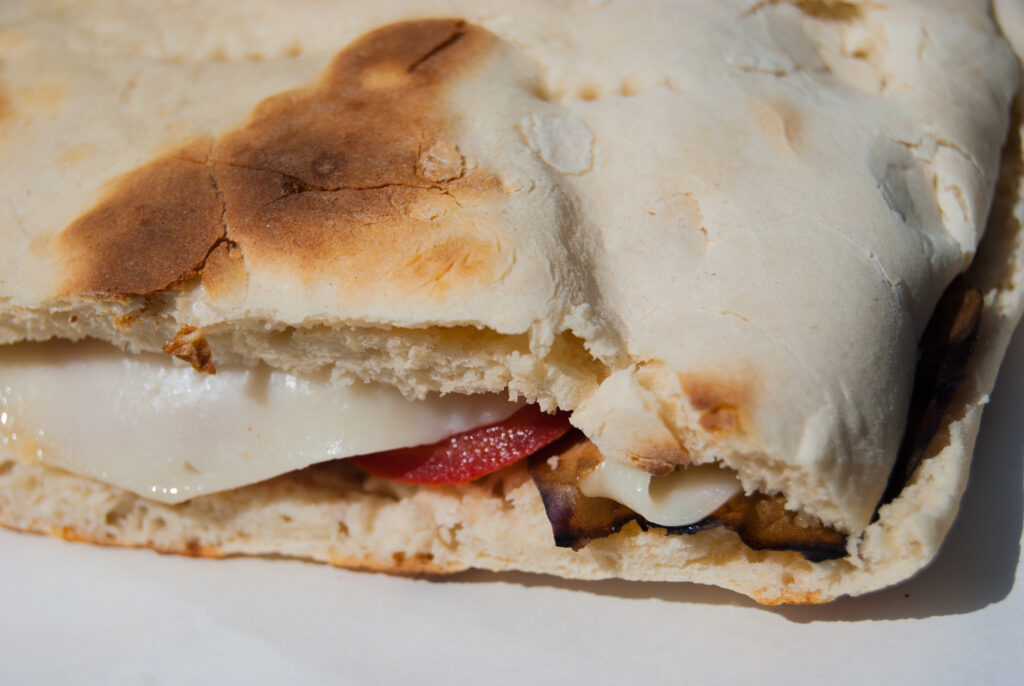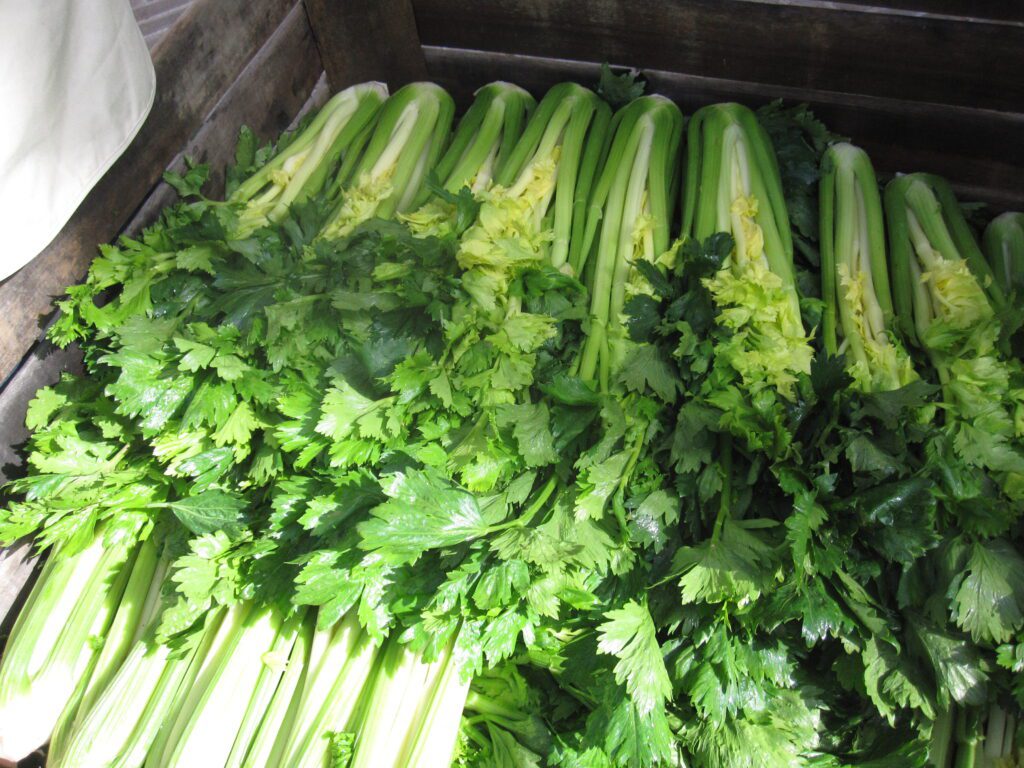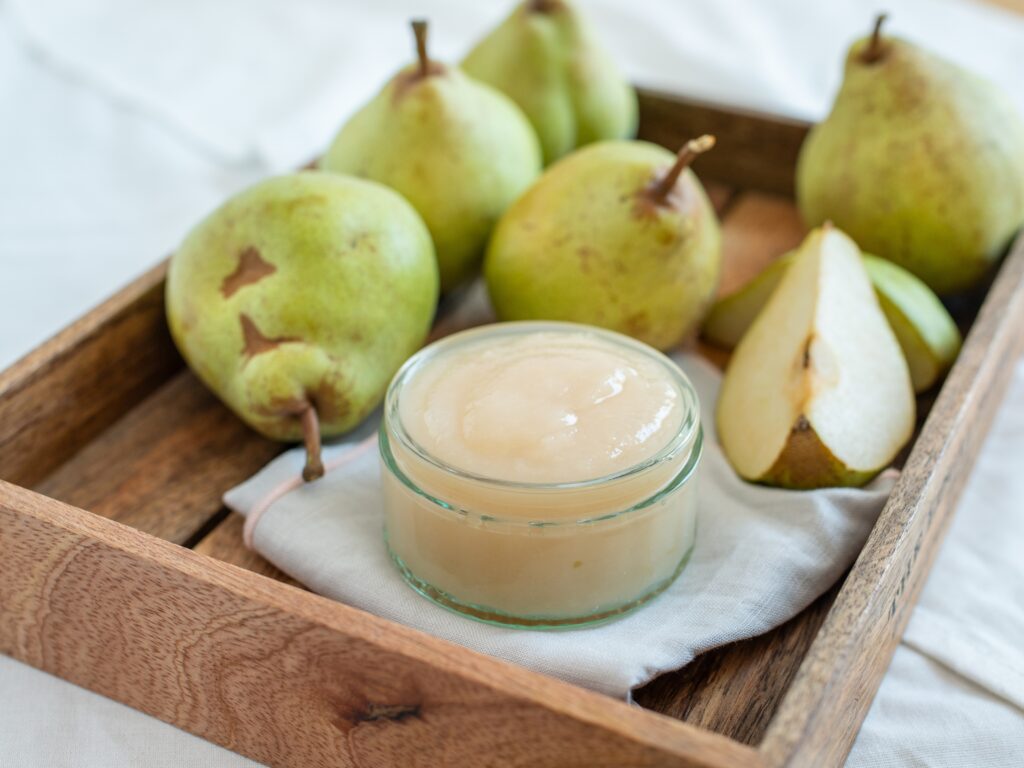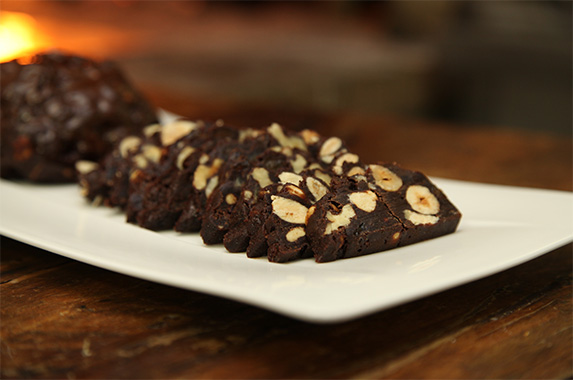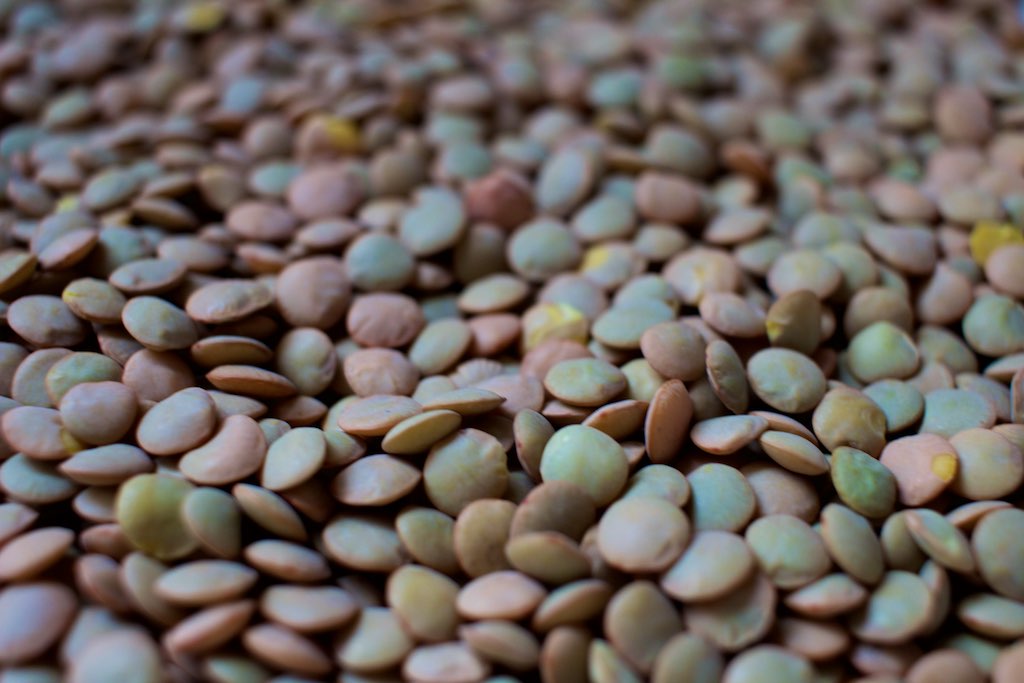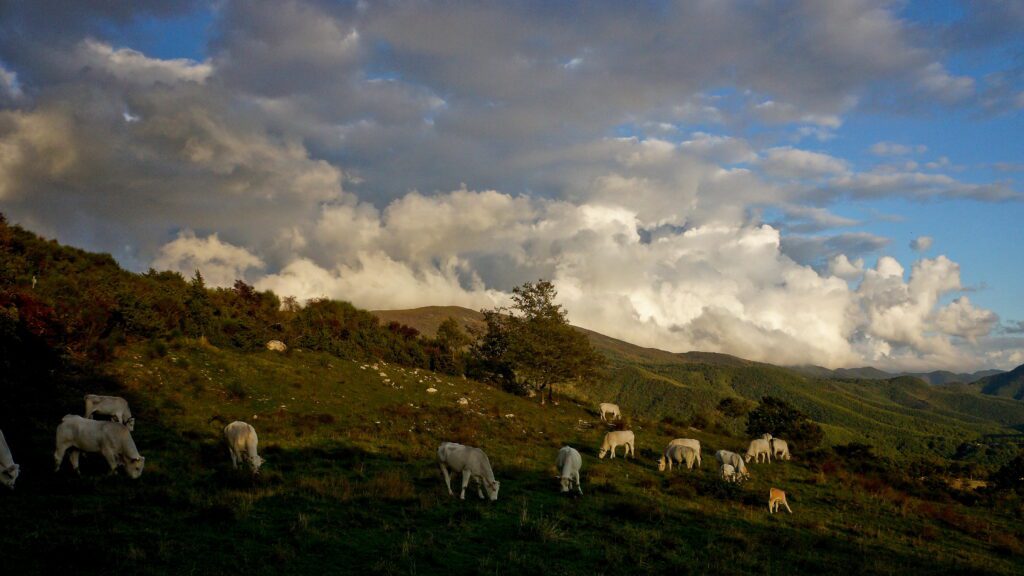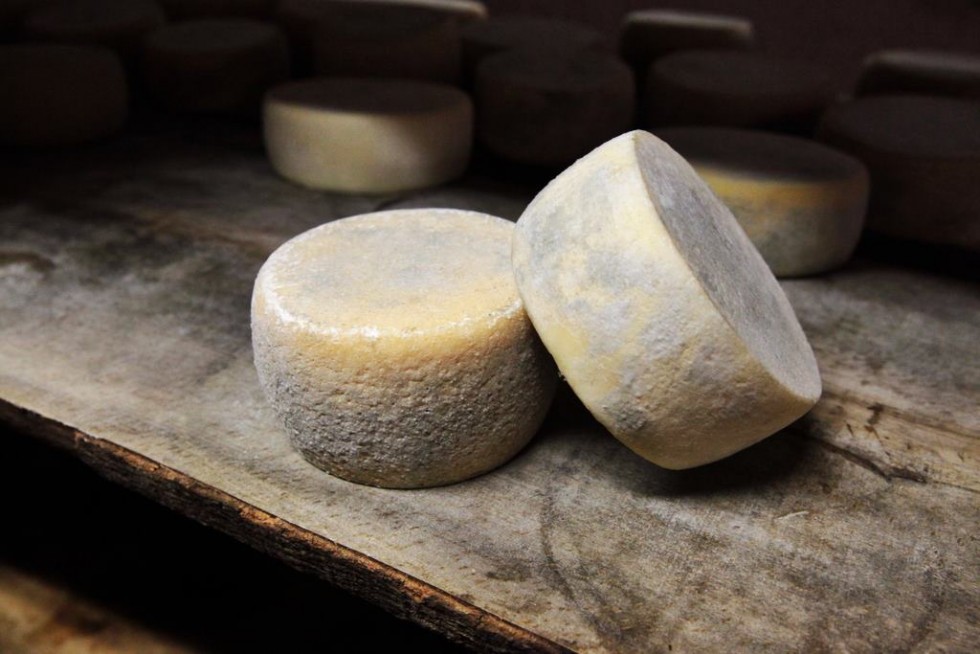A people's culture is always linked with the smell and taste of their food.
The bare fact of eating may appear to many as just a “happy ending,” an occasion in which food works as a tasty accompaniment – or some interspersing, so to speak – to something else. This is precisely how meals became a habit. But, from our viewpoint, it is the conclusion of a manufacturing process.
Umbria is an ideal setting, a chest of treasures that, however, are often trivialized: too many people, in fact, think that they can properly handle some food insofar as they can trace back its origin. . . while it is only occasionally dealt with by those who know that no food will ever be good simply because it comes from a certain area.
So, if Umbria is an ideal setting, if its essence can be expressed by means of its green hues, we now mean to accompany you in your journey to the discovery of the “culture of taste,” that is more than “something tasty.” To the discovery of fragrance, that is more than smell. And especially, to meeting people, women and men as the protagonists in that universe, who will be talking about the values that lie at the basis of their job, and that will find a final synthesis in unique dishes.
Some products are strongly connected with the name of Umbria and will intensely remind us of it, especially olive oil, truffles, wine, pork butchery (whose familiar name in Central Italy, norcineria, comes from the town of Norcia). This happens because here a successful meeting has taken place between a generous Nature and the Intelligence of men and women, either native Umbrians or not, who by means of their activity could transform the fruits of the earth according to their own inclinations and ideas.
This happy meeting, this combination of pleasant events, gave rise to a true cultural movement that transformed and enriched the kitchen tables as much as the silhouette of Umbrian hills. Throughout Umbria, olive groves and vineyards are the landlords, as well as best friends to any inhabitant who owns a small green square to farm. Such a deep tie cannot but have its echo in the kitchens via the traditional dishes of Umbria.
So does olive oil, that matches and highlights basically any food, from game to the once poor legumes; from bruschetta (bread, oil, and whatnot), so dear to traditional cuisine in Umbria, to strangozzi (sort of spaghetti) with truffles.
One unmissable element on one's table, the legacy of old Umbrian country culture, is wine. Sagrantino from Montefalco, Grechetto from the Colli Martani (hills), and Colli del Trasimeno DOC (i.e., authenticated trademark) are the most famous wines of Umbria, made from vines endemic to this area.
Sometimes, however, a most successful meeting takes place between local Intelligence and foreign Nature. Contamination leads to diversity – and diversity, when welcomed and examined, makes both culture and tradition richer, more developed. So, walking among Umbrian vines, we may happen to see some unusual species, for example Nebbiolo, from Piedmont (N-W Italy).
Another rare as well as fortunate meeting involves unsalted bread and the products of the renowned pork butchery of Umbria. The lack of salt in the bread makes it most suitable for being eaten together with cold cuts such as ham, capocollo, lombetto, corallina, dried sausages, and many others, listed in the Very Best of Umbrian food.
